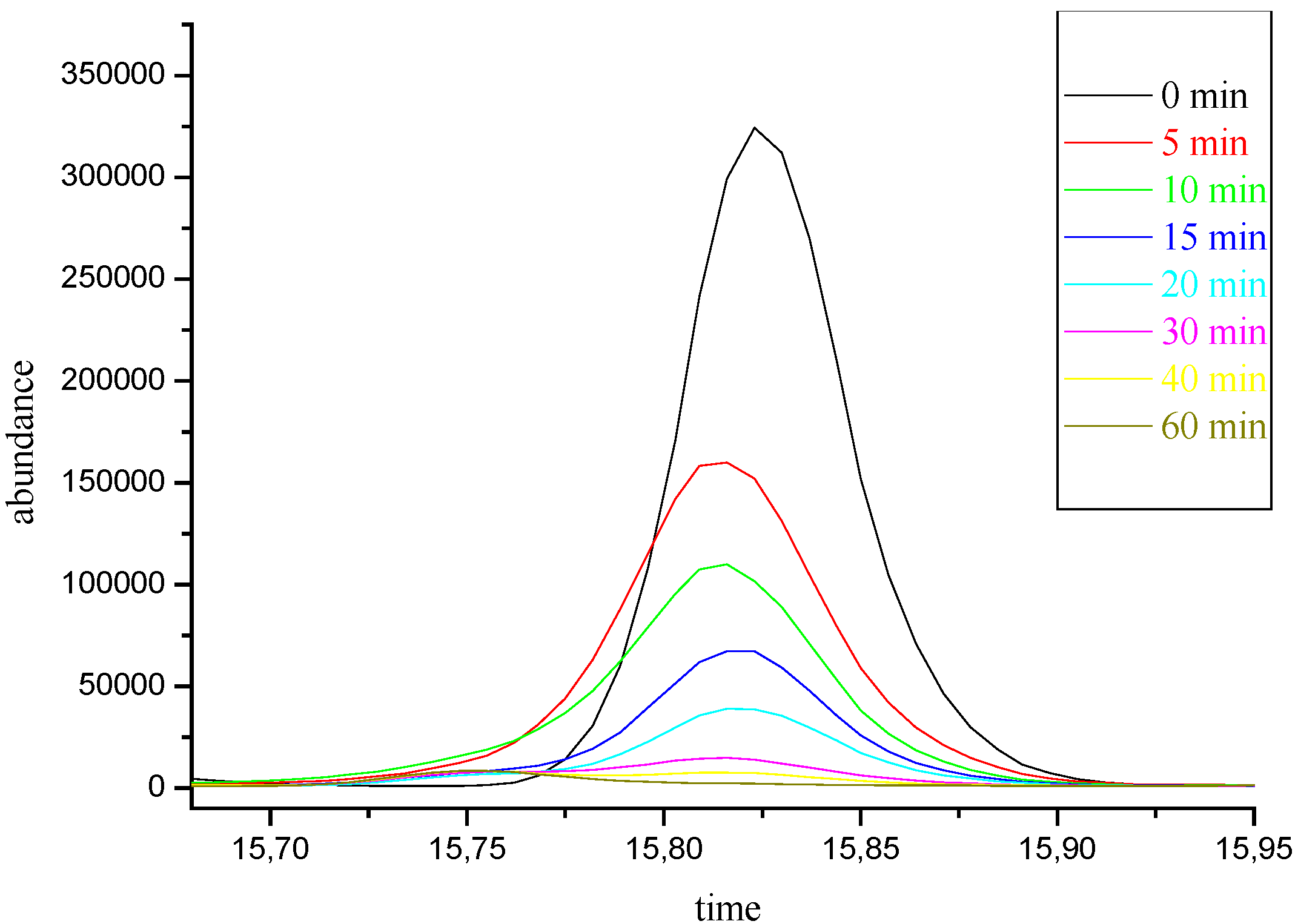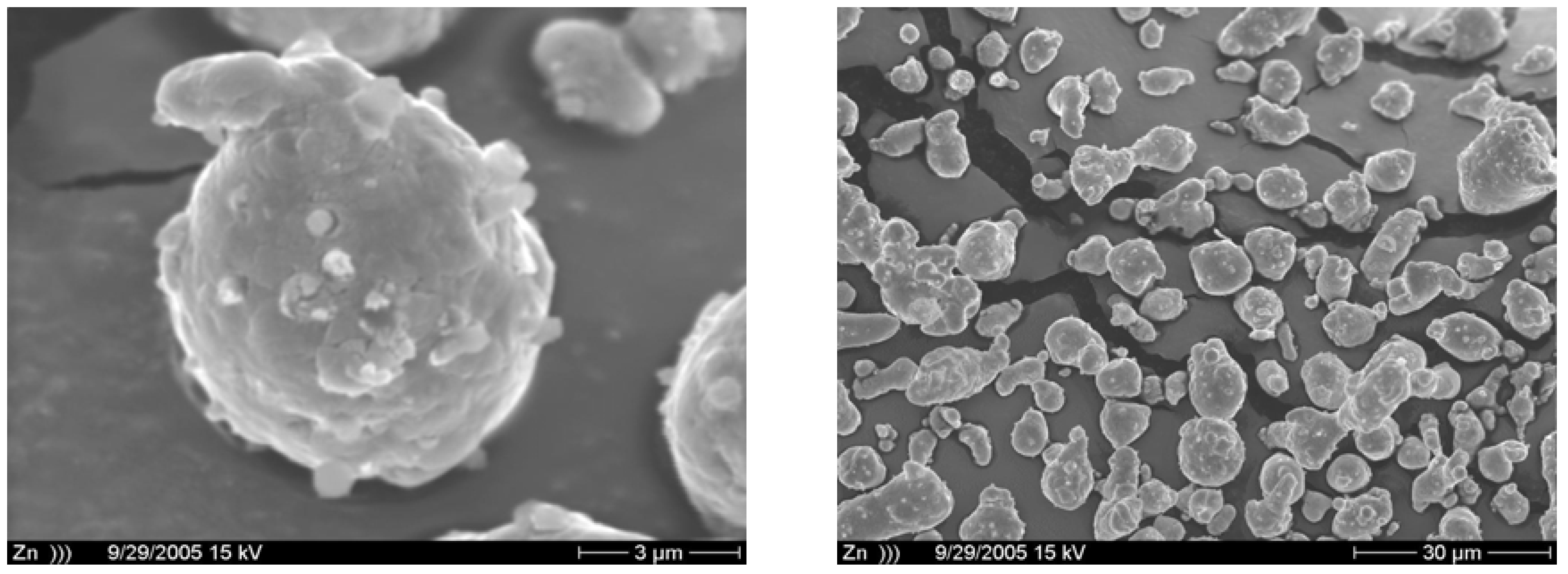Synthesis and Photochemistry of 1-Iodocyclohexene:Influence of Ultrasound on Ionic vs. Radical Behaviour
Abstract
:Introduction
Results and Discussion



| Conditions | time (min) | 3 (%) | 6 (%) | 5 (%) | 4 (%) |
|---|---|---|---|---|---|
| A | 40 | 33 | 23 | 18 | 26 |
| B | 40 | 10 | 23 | 25 | 42 |
| C | 40 | 24 | 20 | 35 | 22 |
| D | 40 | 4 | 15 | 41 | 40 |


Conclusions
Experimental
General
Preparation of 1-iodocyclohexene (3).
Ultrasonic irradiations.
References
- McNeely, S.A.; Kropp, P.J. Photochemistry of Alkyl Halides. 3. Generation of Vinyl Cations. J. Am. Chem. Soc. 1976, 98, 4319–4320. [Google Scholar]
- Gaplovsky, A.; Donovalova, J.; Toma, S.; Hrnciar, P. Fotochemický reaktor s ultrazvukovým miešaním. Vplyv ultrazvuku na priebeh fotochemických reakcií. Chem. Listy 1986, 80, 989–993. [Google Scholar]
- Gaplovsky, A.; Donovalova, J.; Toma, S.; Kubinec, R. Ultrasound effects on photochemical reactions, Part 1: photochemical reactions of ketones with alkenes. Ultrason. Sonochem. 1997, 4, 109–115. [Google Scholar] [CrossRef] [PubMed]
- Gaplovsky, A.; Donovalova, J.; Toma, S.; Kubinec, R. Ultrasound effects on photochemical reactions 2. A study of ultrasound effects on some monomolecular and bimolecular reactions. J. Photochem. Photobiol. A: Chem. 1998, 115, 13–19. [Google Scholar]
- Toma, S.; Gaplovsky, A.; Luche, L.J. The effect of ultrasound on photochemical reactions. Ultrason. Sonochem. 2001, 8, 201–207. [Google Scholar] [CrossRef] [PubMed]
- Pross, A.; Sternhell, S. Oxidation of hydrazones with iodine in the presence of base. Aust. J. Chem. 1970, 23, 989–1003. [Google Scholar]
- Kropp, P.J.; McNeely, S.A.; Davis, R.D. Photochemistry of Alkyl Halides. 10. Vinyl Halides and Vinylidene Dihalides. J. Am. Chem. Soc. 1983, 105, 6907–6915. [Google Scholar]
- Suslick, K.S.; Doktycz, S.J. Sonochemistry of Zn Powder. J. Am. Chem. Soc. 1989, 111, 2342–2344. [Google Scholar] [CrossRef]
- Sample Availability: Compound samples are not available.
© 2007 by MDPI (http://www.mdpi.org). Reproduction is permitted for noncommercial purposes.
Share and Cite
Blaskovicova, M.; Gaplovsky, A.; Blasko, J. Synthesis and Photochemistry of 1-Iodocyclohexene:Influence of Ultrasound on Ionic vs. Radical Behaviour. Molecules 2007, 12, 188-193. https://doi.org/10.3390/12020188
Blaskovicova M, Gaplovsky A, Blasko J. Synthesis and Photochemistry of 1-Iodocyclohexene:Influence of Ultrasound on Ionic vs. Radical Behaviour. Molecules. 2007; 12(2):188-193. https://doi.org/10.3390/12020188
Chicago/Turabian StyleBlaskovicova, Marika, Anton Gaplovsky, and Jaroslav Blasko. 2007. "Synthesis and Photochemistry of 1-Iodocyclohexene:Influence of Ultrasound on Ionic vs. Radical Behaviour" Molecules 12, no. 2: 188-193. https://doi.org/10.3390/12020188




